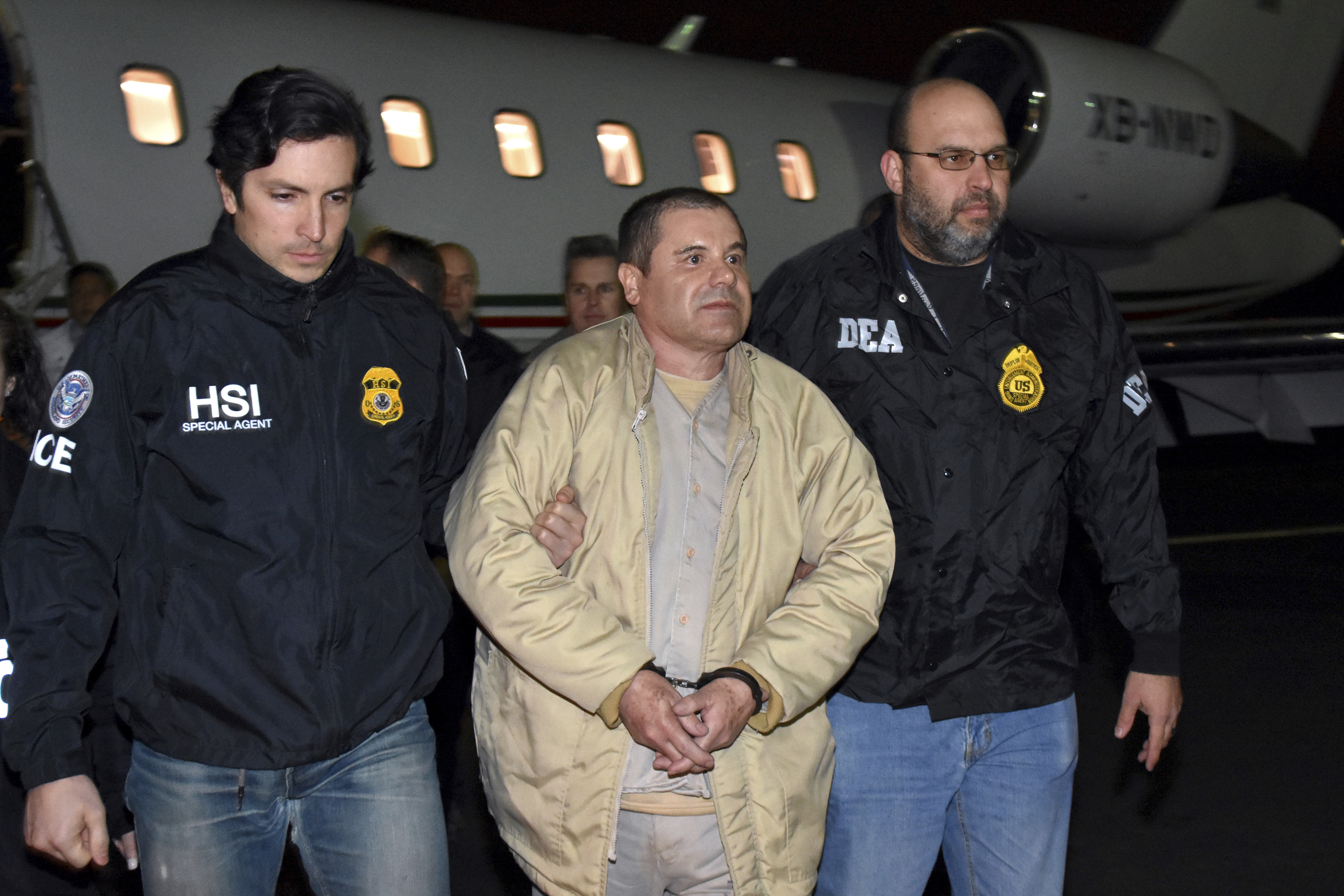A suicide bombing attack on a NATO convoy in southern Afghanistan on Wednesday left two American service members dead, a Pentagon spokesman said, despite repeated refusals by the U.S. military in Afghanistan to say whether there were any deaths in the assault claimed by the Taliban.
Navy Capt. Jeff Davis confirmed the casualties in the attack near Kandahar city. The Pentagon's decision to release the figures seemed to contradict orders issued two months ago by Army Gen. John Nicholson, the top U.S. commander in Afghanistan, barring information about U.S. combat deaths until days after the incident.
There was no information on the number of troops wounded.
U.S. military officials in Afghanistan refused to give any information about casualties, even after the Pentagon released the casualty figures.
Nicholson's orders stifling information from the U.S. military in Afghanistan was met with opposition from within the Pentagon, where officials reportedly tried to resolve the impasse. However, the decision by the Pentagon to release Wednesday's casualty figures would seem to indicate that the issue has gone unresolved two months into the order.
Nicholson said the reason for the delay was to allow time for notification of family. Yet it upends Pentagon practice since the Vietnam era, and gives the public less information and transparency into a war that has raged for 16 years, resulting in thousands of deaths and injuries.
The Taliban quickly took responsibility for the attack, and a spokesman for the insurgents said the bombing allegedly killed 15 soldiers but the Taliban routinely exaggerate their gains and casualty figures.
U.S. & World
In their claim of responsibility, the Taliban also said the attack destroyed two armored tanks. The insurgents' spokesman for southern Afghanistan, Qari Yusuf Ahmadi, said fighter Asadullah Kandahari was the "hero" who carried out the attack with a small pick-up truck packed with explosives.
Kandahar province was the Taliban spiritual heartland and the headquarters of their leadership during the five-year rule of the Taliban, which ended with the U.S. invasion in 2001.
The service members were part of an international force referred to as the Train, Advise and Assist Command south, a reference to their location in the country. Five other countries besides the United States are stationed in the south __ Australia, Germany, Bulgaria, Poland and Romania, said U.S. military spokesman in Afghanistan Lt. Damien E. Horvath.
Ghulam Ali, who runs a mechanics shop near the attack site on the outskirts of the city of Kandahar, said the intensity of the blast knocked him out.
When he came to, he saw a military vehicle on fire on the road. He stepped out of his shop but a sudden burst of gunfire drove him back inside, he said. Then, helicopters arrived and he saw soldiers being taken away from the scene but could not determine the extent of their injuries.
The combined U.S. and NATO troop contingent currently in Afghanistan is about 13,500. The Trump administration is deciding whether to send about 4,000 or more U.S. soldiers to Afghanistan in an attempt to stem Taliban gains.
Nicholson's orders to withhold information about troop casualties distance him from U.S. military commanders in all of the other combat regions of the world - including Iraq and Syria.
The attack in southern Kandahar came as thousands of demonstrators in the western city of Herat transported 31 bodies, the victims of a horrific suicide attack on a Shiite mosque a day earlier, to the residence of the provincial governor.
Protesters were outraged at the audacity of Tuesday evening's attack, barely 150 feet (50 meters) from a police station. The suicide bomber first sprayed gunfire at the private guards, who were protecting the mosque before running inside firing until his rifle jammed, said witnesses. He then detonated the explosives strapped to his body.
The Islamic State affiliate in Afghanistan took responsibility for the attack saying they had deployed two suicide bombers. Witnesses reported a second explosion 10 minutes after the first bomber blew himself up.
When the carnage ended 32 people were dead and 66 injured, said the provincial governor's spokesman Jilani Farhad.
The IS said in a statement that the two men, whom it identified as Amir Qassim and Tayeb al-Kharasani, also used automatic rifles in the Shiite mosque before they detonated themselves.
The statement claimed that the attack killed nearly 50 and wounded more than 80.
The U.N. Security Council condemned "the heinous and cowardly terrorist attack" in Herat "in the strongest terms." In a statement late Wednesday, council members underlined the need "to bring perpetrators, organizers, financiers and sponsors of these reprehensible acts of terrorism to justice."
The Islamic State affiliate in Afghanistan on Monday had warned it would strike Shiites after taking credit for an attack on the Iraq Embassy in the heart of the Afghan capital Kabul. The Sunni militant group considers Shiite Muslims as apostates.
Tuesday's attack in Herat targeting Afghanistan's minority Shiites, just a day after the Kabul attack, has frightened Shiites and put further pressure on the Afghan government that is increasingly seen to be impotent to stop the violence.
Also on Wednesday the Taliban ambushed and killed Jaghatu District Gov. Manzur Hussain and a passenger in his car, Ghazni provincial police chief Mohammad Mustafa Mayar said.
The Taliban have stepped up their attacks in recent weeks hitting district headquarters, government officials and Afghan National Security Forces with increasing frequency.
Associated Press writers Amir Shah in Kabul, Afghanistan, Mir Wais Khan in Kandahar, Afghanistan, Bassem Mrouse in Beirut and Lolita Baldor in Washington contributed to this report.



